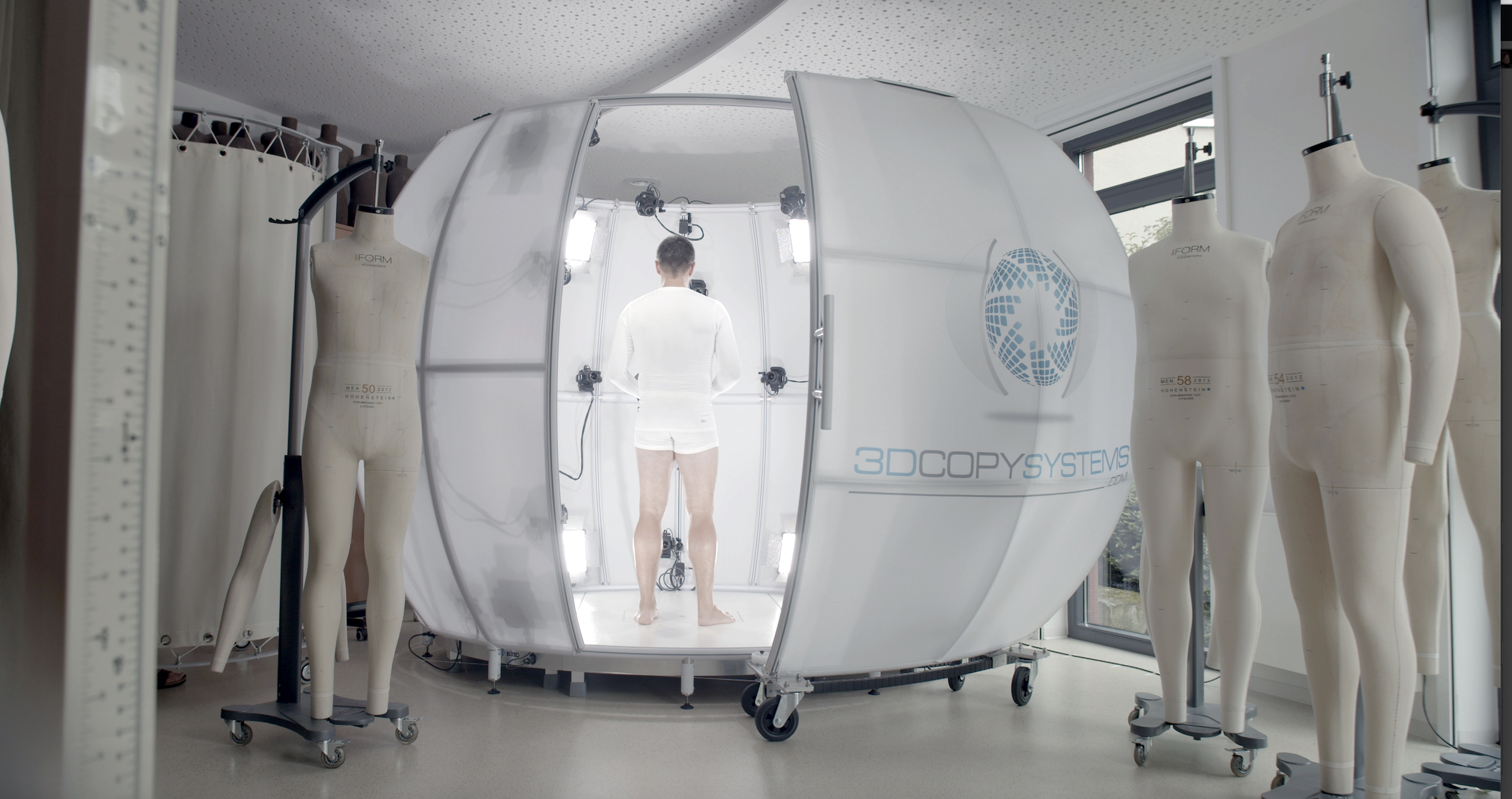When the 2008 economic crisis hit, Portuguese law firm Vieira de Almeida (VdA) a typical mid-sized family business, saw it as an opportunity. It decided to transform VdA into a “lighthouse” of innovation, drawing on the existing culture of the firm, but also codifying it into the firm’s organizational structure. VdA launched an innovation program involving the whole company, defining processes, allocating responsibilities and elevating innovation and R &D to one of the firm’s 16 goals.
In 2017, it also created a small “new business” department where employees could develop ideas, initiatives and opportunities. This led to the creation of its aerospace division, where it works on projects for the European Space Agency, draft space policies for African countries and assists the Portuguese government on national space law and its space agency.
Today VdA is a full-service firm comprising more than 320 lawyers based in Portugal and covers 12 jurisdictions across Europe and Africa. And, it is looking to expand further into other new areas of law.
It is one of nine case studies from multiple industries and regions that highlight what small and medium sized enterprises (SMEs) can do to increase their future readiness featured in a new report by the World Economic Forum. The report, which was compiled with the help of the National University of Singapore, Cambridge University and Entrepreneurs Organization (EO), is based on analysis of data from a survey of more than 300 SME and mid-sized company founders and chief executive officers across nine regions and 22 industries.
Until now much of the discussion around digital transformation and getting to Net-Zero has focused on large corporates. Small and medium-sized businesses (SMEs) have been largely overlooked, even though they represent around 90% of all firms globally, are responsible for roughly 70% of employment and, by some estimates, contribute up to 70% of global GDP.
“At an aggregate level, SMEs play significant roles in enabling, constraining and shaping the nature of growth, innovation and sustainability of our global, regional and local economies,” says panelist Olivier Woeffray, the Forum’s Practice Lead, Strategic Intelligence, in explaining why the Forum has decided to focus on SMEs. “They also tend to be very agile and able to reconfigure their business models and redeploy their resources very quickly. From an impact perspective and in a context of economic recovery and constant change, it is key to focus on this sector of the economy.”
The report was launched on November 30 during a panel discussion that was organized and broadcast by the Forum and moderated by Jennifer L. Schenker, The Innovator’s editor-in-chief.
Although it is a commonly held belief that innovations from large corporates trickle down to SMEs, the report found that in some cases small and medium-sized companies are leading the way. Staying strategically small, investing in and trusting a core group of people, and keeping the organization agile can enable SMEs to identify and quickly act on opportunities and remain competitive not just with peers but also with large corporates.
The report aims to develop a deeper understanding of organizational capabilities and orientations needed for SMEs to successfully generate lasting financial growth, affect society and the environment positively, and develop high levels of resilience and agility
“This report builds on the work initiated by the Forum’s New Champions Community, a group of forward-looking companies who we believe embody what it means to be future-ready and exemplify the characteristics necessary for long-term growth, to have a positive impact on society and the environment, and to successfully respond to the shocks and seize the opportunities that emerge from constant disruption,” says Tarika Lall, Acting Head of The Forum’s New Champions Community.
The Forum is looking to deepen its engagement with smaller companies through its New Champions Community. It is now accepting applications from SMEs that are pioneering new business models, emerging technologies, and sustainable growth strategies. It is also actively encouraging large corporates in its network to engage with them.
Challenges And How To Overcome Them
The top challenges cited by SME executives in the Forum survey include talent acquisition and retention (52.5%), survival and expansion (43.8%), funding and access to capital (35.7%), non-supportive policy environment (21%), the difficulty of maintaining a strong culture and clear company purpose and value (20%).
The report also found that SMEs are lagging in terms of societal impact. Although there is a clear need to operate in line with sustainability goals, many SMEs have yet to include explicit strategies and performance measurements in this area.
Some of these challenges can be overcome with the right innovation strategies and business models, says panelist Ariel de Fauconberg, a researcher in organizational theory and information systems at the Judge Business School at the University Of Cambridge.
De Fauconberg, who contributed to the research in the report, points to VdA as an example of how to do this. “By listening to employees’ interests and leaning into the need for innovation and change ahead of when other law firms might have felt ready to engage with new divisions (such as aerospace law), VdA has been able to successfully pair innovative practices with its post-2008 business model to build a stronger and more resilient future for the firm,” she says.
Another top challenge faced by SMEs is the ability to attract and retain talent. This is in part due to the lack of access to funding, says panelist Rashimah Binte Rajah, a researcher at the National University of Singapore who contributed to the report’s research. SMEs tend to be less able to offer competitive salaries to their talent, and also less able to provide clear career trajectories and training and development plans for their employees, compared to larger corporations, she says.
“How SMEs can overcome this challenge is to appeal to a higher vision that comprises culture, core values, and purposeful work,” she says. An example can be seen through one of the report’s case study companies, Sharesource, an Australian HR consulting firm for the science, technology, engineering and math (STEM) sectors. “To overcome connectivity issues of working from home in some areas in the Philippines, for example, they heavily tapped on the resourcefulness of their employees to keep operations going,” says Rajah. “As they are a tight-knit community, problems on the ground are quickly communicated to other members, resourceful people find creative solutions to help each other – and all these are possible because of that kind of common culture and purposeful work that they share.”
One thing Rajah said she found surprising from the study is that while it is clear to many that having societal impact and sustainable strategies will allow companies to be more future-ready, it was not cited as one of the top challenges of CEOs and founders of SMEs. “Some of the reasons could be that they believe that they are too small to create an impact and that they do not have resources to invest in initiatives beyond daily operations,” she says. “However, as we have ascertained in the study, SMEs have a great collective impact on society and through our interviews with case study companies on best practices, we can see how it is indeed possible for SMEs to achieve both sustainable growth and societal impact by integrating sustainable strategies in their business models.”
An example of this from the EO network is Levven, an Edmonton, Canada-based company that started as a contract manufacturer in the electronic space serving local companies by making electronic circuit boards. After being acquired in 2011, the parent company saw an opportunity for the intellectual property that it had already developed in the Internet of things (IoT) to be used in the home automation space. From then on, Levven started working towards developing home automation products, specifically those that significantly reduced waste. Although the idea of wireless technology itself is not novel, by bringing wireless automation to the construction industry Levven has demonstrated the potential of applying innovation from one industry to another to achieve sustainable growth and proved that it possible to build a business model that is both profitable and sustainable, notes Nikhil Hirdaramani, Director of the Hirdaramani Group and a member of the External Relations committee of EO, a network of 15,000+ leaders across 200 chapters in 61 countries who employ over four million people worldwide.
One of EO’s objectives in mentoring entrepreneurs is to help SMEs make sustainability an integral part of their business and see it as an added value rather than a financial burden, says Hirdaramani, a member of the panel during the November 30 broadcast session and a contributor to the report.
Integrating sustainability into SMEs’ business models helps them be agile, fosters innovation and increases operational efficiencies; gives them the opportunity to tap into new markets and minimize associated regulatory risks; attracts younger talent; reap reputational benefits and helps them remain relevant to customers, he says.
Guiding Principles To Increase Future Readiness
Research conducted for the report identified five key learnings that can serve as guiding principles for SMEs looking to transform crises and challenges into opportunities: Using technology as an accelerator; leveraging ecosystems; the ability to overcome acquisition and retention challenges and use people as an asset; harnessing SMEs’ size, people and shared vision to remain competitive and drive growth; developing a clear and powerful vision and translating that vision into action through tangible business activities, including a way to measure its progress and outcomes.
VdA has applied several of these principles: It has succeeded in attracting good candidates, tweaked its business model to anticipate and embrace future trends to drive growth and it has established a clear vision and institutionalized innovation. Along the way it was named the most innovative law firm in Europe in 2013 by the Financial Times and become the subject of a 2015 Harvard Business Review case study that labeled the firm “legal innovation pioneers.”
The Road To Success
The Innovator talked to VdA Managing Partner João Vieira de Almeida to find out how they did it and determine what other firms could learn from them. “In many ways I have been surprised by what we have been able to achieve,” he says. “I am not sure there is a scientific basis for what makes this work. At the end of the day, I think it is the culture of the organization that has made this all possible.”
VdA was always innovative, he says. One of the keys was to institutionalize innovation. “Because of our culture we were able to skip the first phase – motivating people,” he says. “We always had ideas. What we did was to try and put in place a process, so that ideas would flow in a way that could be monitored and ensure that the best ones came out on top.”
VdA created a platform that allowed anyone in the organization to put forward an idea. These ideas can be seen by all employees, who vote on them. The ones that get the most votes are sent to a committee for review. If the top ideas fit the firm’s strategy and budget they are approved and incubated. Experts from the outside are brought in to work with lawyers and managers in the firm for one year. Their progress is monitored by the board of directors through direct reporting. The people working on these projects are “highly empowered,” says Viera de Almeida.
The other key to the firm’s growth is its focus on continuously moving into new areas. “We have always been an extremely restless firm,” he says. VdA is currently working on its strategy for 2025. Viera de Almeida is stepping down in February and will be replaced by one of the partners. “The five or six ‘kids’ that were here in the beginning -which includes me – are one by one retiring and being replaced,” he says. The firm will continue to develop new practices after he is gone. He sees digital law as offering enormous new opportunities. “We are very keen to be part of that change,” he says. Human rights is another new area for the group. “Unless you anticipate what is coming and are on the crescent wave you won’t survive,” he says.
His advice for SMEs who want to be future-ready? “Don’t be afraid to take risks or to fail. If you don’t fail, you don’t succeed. It is amazing the enormous power your people have; they can be instrumental to growing the business and develop new ideas if they are motivated to make the firm grow. This will only work if they can be actively part of promoting change. They need to feel empowered. What we have built is based on a foundation of mutual trust and sharing risk, sharing knowledge, sharing successes and sharing failures.” What is crucial, he says, “is to create a culture that enables all of it.”
This article is content that would normally only be available to subscribers. Sign up for a four-week free trial to see what you have been missing.







